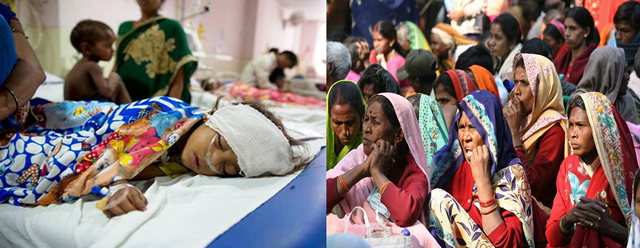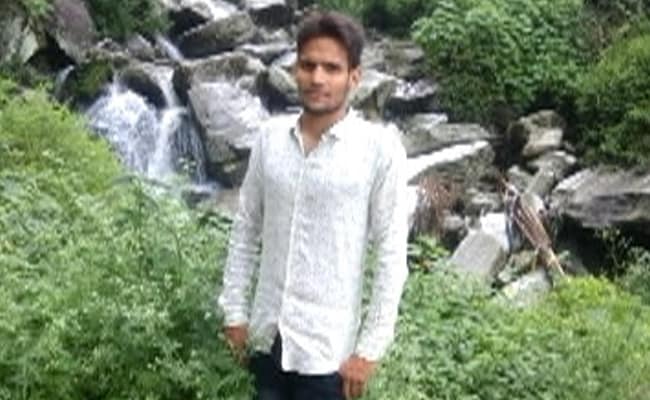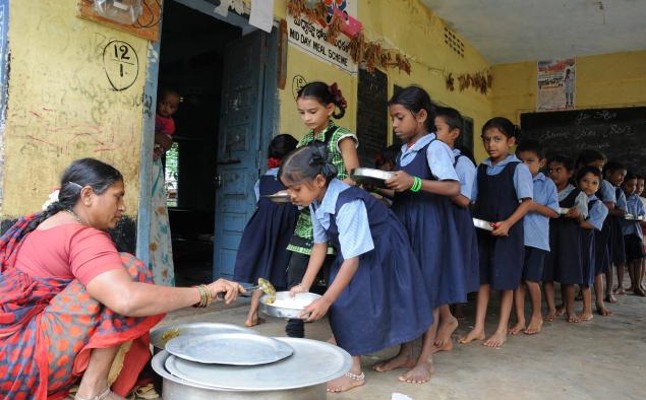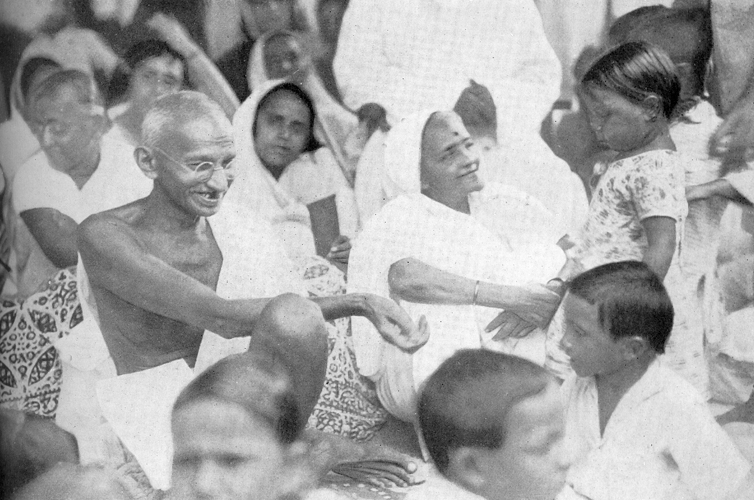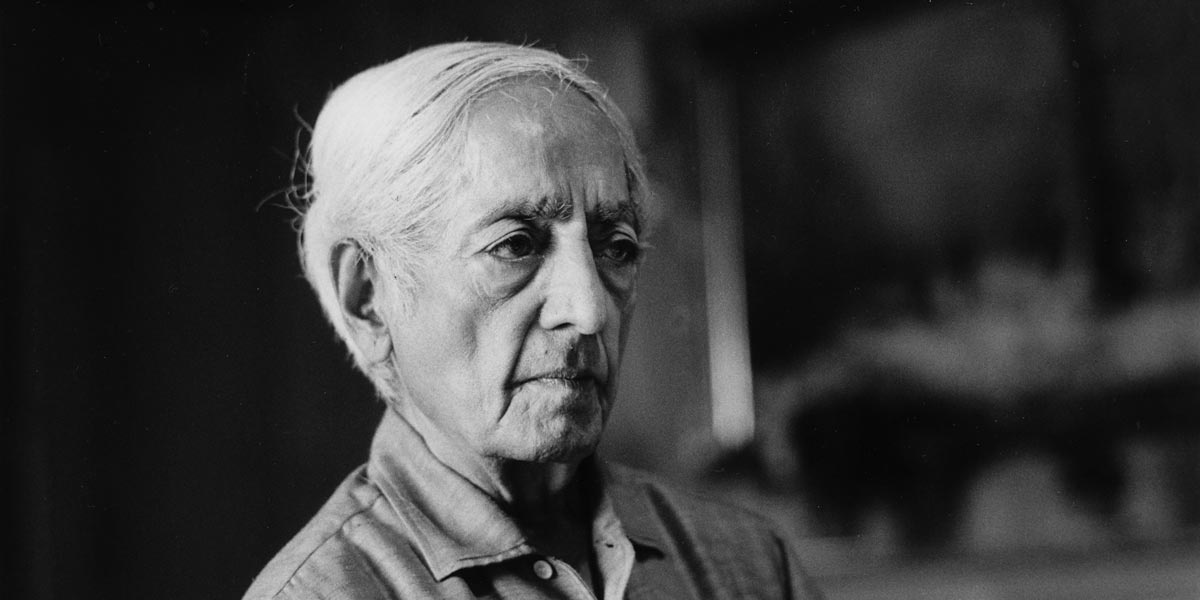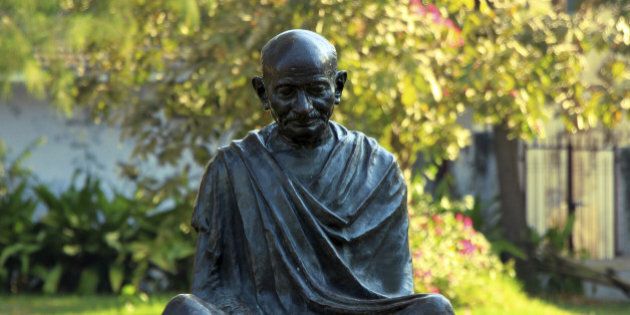Uttar Pradesh recently witnessed the death of several minors in its state hospital while instances of extreme brutality against women and Dalits have been reported from Bengal and Gujarat. Are the vulnerable margins of our society ever going to see the light of egalitarian community spaces or are they destined to perpetual oppression?
Kavya Thomas | The New Leam
India as a nation has often stood witness to the fact that although documented in what is considered the nation-state’s highest and most revered body of law (the Indian Constitution) we still succumb to situations where the weakest sections of the society be they the Dalits, the tribals, women or children are exploited endlessly. What does this reflect about our social condition or the way that despite legal mechanisms we have not been able to ensure a minimum degree of safety and wellbeing for many of our citizens?

Recently, the horrendous case of alarming child deaths from the state of UP have come to surface. The incident has been reported from Shravasti located in eastern UP on India’s border with Nepal. The incident involved the death of several infants born to anaemic mothers extremely weak and fragile. The district hospital where this case unfolded has no full time doctors. In this hospital in the last two days more than 20 babies have died. As ritual dictates the Chief Minister has said that due action will be taken if the deaths have occurred due to the negligence of hospital authorities. In another tragic incident reported from West Bengal we heard about a pregnant woman who was beaten to death after the sex determination test revealed that she was carrying a girl in her womb.
ALSO READ : The Price of Democracy is the Death of Our Children
Also, a few days ago we heard of a case where another pregnant woman was beaten to death because she touched the bucket of water belonging to an upper caste woman. It is not difficult to cite many such examples from every corner of the country. Women and children are part of the most vulnerable sections of society and this has been said not once but many times. This declaration seems almost like rhetoric but what still remains unsorted is their condition and plight in the society. Having been designated a weakling does this section have to face a further sense of discriminatory injustice or have adequate socio-institutional and political mechanism been put into place that ensure that their vulnerabilities are not further exploited and they are not pushed into a deeper sense of marginalisation? Here it is important to understand that mere law and legislation are not adequate measures to ensure that these weaker/marginalised margins of the society feel safe and secure and are helped lead a life more empowered.
Perhaps it is time we thought about these situations and reflected on our collective condition. We can find numerous instances from our everyday existence where the arguments that have been made above are exemplified. Where is our humanity? Are we even civil enough to be called a democratic and egalitarian social milieu? Do these stories of marginalisation and oppression remain only common events without holding the power to transform us completely? How many more deaths, rapes, violations will it take till we know that we must fight the rot that has infected our civilization? The land that gave birth to Dr. Ambedkar, Gandhi and Tagore shall surely be ashamed amidst its contemporary realities.
The New Leam has no external source of funding. For retaining its uniqueness, its high quality, its distinctive philosophy we wish to reduce the degree of dependence on corporate funding. We believe that if individuals like you come forward and SUPPORT THIS ENDEAVOR can make the magazine self-reliant in a very innovative way.

